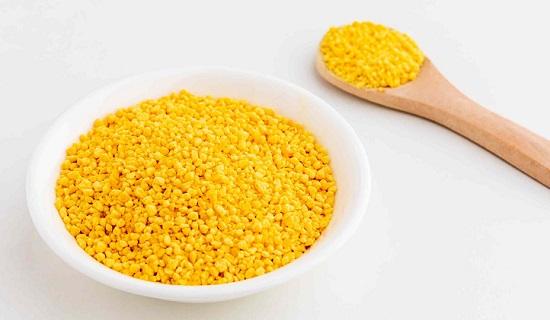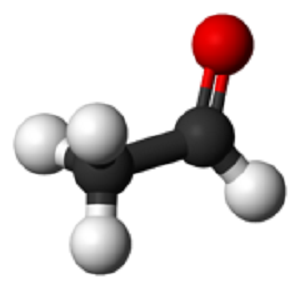Fatty aldehyde
More
Less
Fatty aldehydes are aliphatic, long-chain aldehydes which may be mono- or polyunsaturated. The fatty aldehydes include compounds such as octanal, nonanal, decanal or dodecanal. The nomenclature is derived from the nomenclature of the alkanes, the ending -al is added to indicate the aldehyde group.
Fatty aldehydes are a natural component of many natural ingredients such as the essential oils of various citrus fruits. Decanal, for example, is a component of orange peel. The pheromone cocktails of various insect pheromones contain fatty aldehydes. Fat aldehydes were also detected in the heart muscle of mammals.


